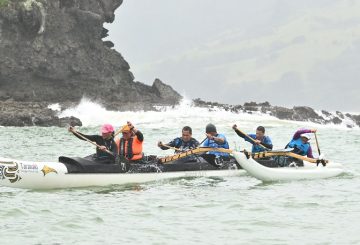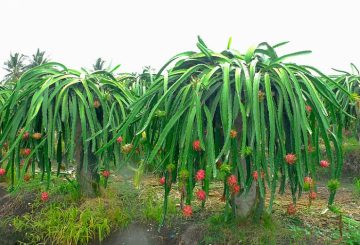Insinerator limbah menjadi energi senilai $730 juta yang diusulkan di Kaipara, Selandia Baru, semakin mendekati realisasi. Pabrik, yang akan membakar sampah dari Auckland dan Northland untuk menghasilkan listrik, berpotensi menjadi yang terbesar di negara itu. Konstruksi bisa dimulai dalam waktu dua tahun, menurut Walikota Kaipara Craig Jepson.
Jepson mendesak pemerintah untuk mempercepat proses persetujuan untuk pabrik tersebut. Dewan Distrik Kaipara bekerja sama dengan South Island Resource Recovery Limited (SIRRL), perusahaan mayoritas milik luar negeri, untuk membangun pabrik tersebut. Fasilitas ini dapat beroperasi pada tahun 2028.
Direktur dewan SIRRL Paul Taylor mengatakan bahwa walikota Auckland dan Northland telah meminta perusahaan untuk memberikan data untuk studi kelayakan tentang potensi pabrik energi dari limbah di Pulau Utara. Langkah selanjutnya akan diputuskan oleh walikota, dengan berkonsultasi dengan dewan dan komunitas mereka.
Fasilitas Kaipara yang diusulkan akan memproses sekitar 730.000 ton sampah dari Auckland dan Northland setiap tahun. Ini dua kali lipat jumlah yang akan diproses oleh insinerator limbah menjadi energi senilai $350 juta di dekat Waimate di Canterbury Selatan. Keputusan apakah insinerator Waimate akan dilanjutkan saat ini ada di tangan pemerintah.
Sue Coutts, seorang advokat Zero Waste, telah menyampaikan kekhawatiran tentang dampak lingkungan dan kesehatan dari insinerator limbah menjadi energi. Dia juga menyatakan keprihatinan tentang kurangnya rincian mengenai pendekatan pelacakan cepat pemerintah untuk proyek-proyek infrastruktur besar.
Walikota Jepson, bagaimanapun, mengatakan bahwa teknologi limbah menjadi energi telah berkembang selama 30 tahun terakhir, dan kekhawatiran sebelumnya tentang kontaminan berbahaya tidak lagi relevan. Dia menambahkan bahwa pabrik Kaipara akan memiliki manfaat yang signifikan, termasuk produksi listrik 72MW per tahun untuk 165.000 rumah, dan 210 ton agregat konstruksi seperti kerikil.
Terlepas dari manfaat ini, Coutts memperingatkan bahwa perusahaan limbah ke energi internasional menargetkan negara-negara dengan peraturan yang lemah, karena permintaan telah menurun di Eropa. Dia juga mengatakan bahwa fasilitas yang diusulkan bertentangan dengan dorongan energi terbarukan Northland, karena sejumlah besar bahan bakar fosil digunakan untuk membakar sampah.
Sebagai tanggapan, Jepson mengatakan bahwa gas pembakaran bersih akan digunakan untuk memulai insinerasi Kaipara, yang kemudian akan didukung oleh energi yang dihasilkan oleh sampah itu sendiri.





























































